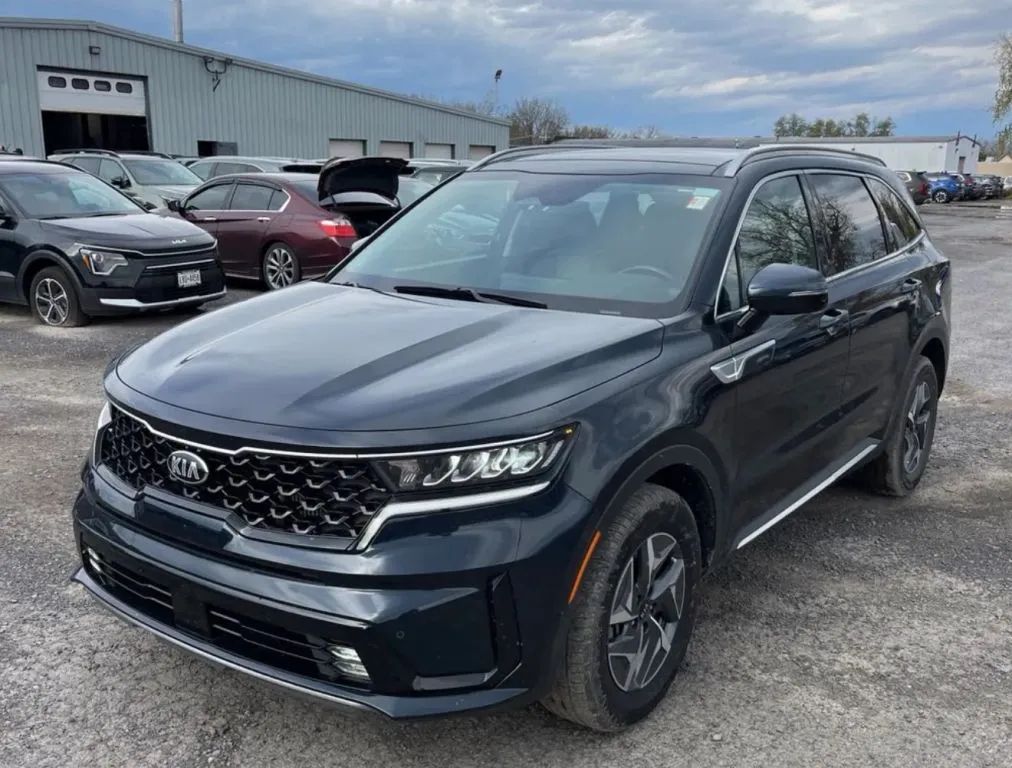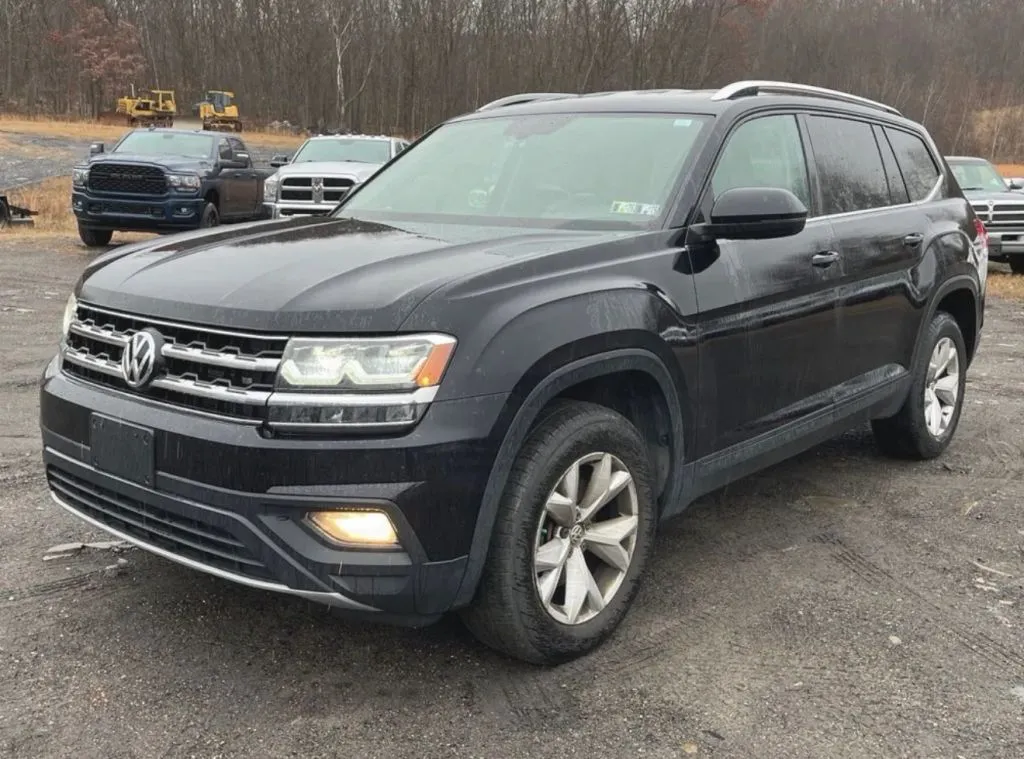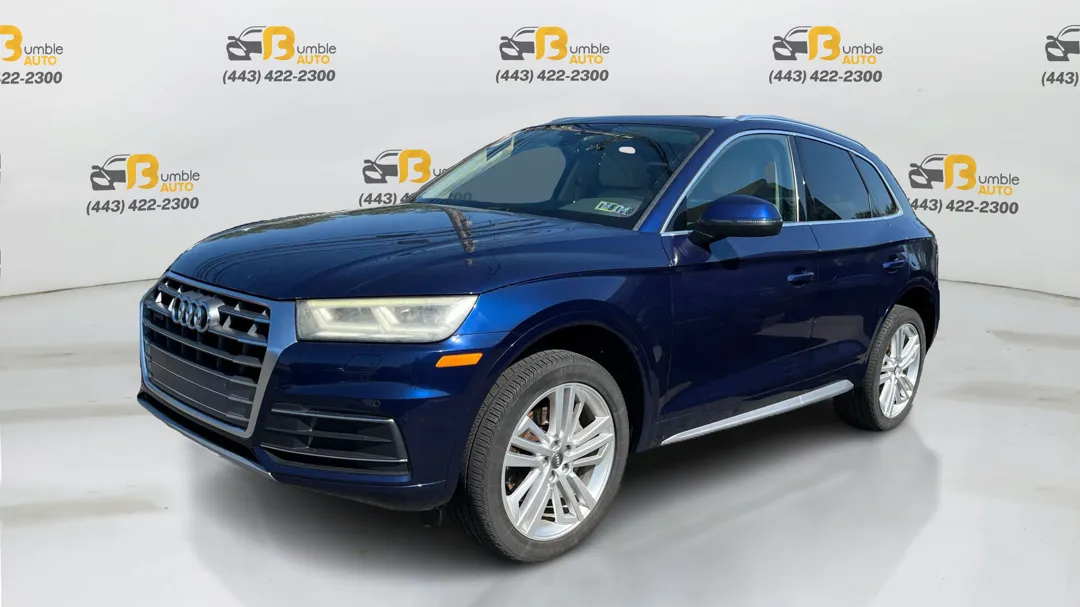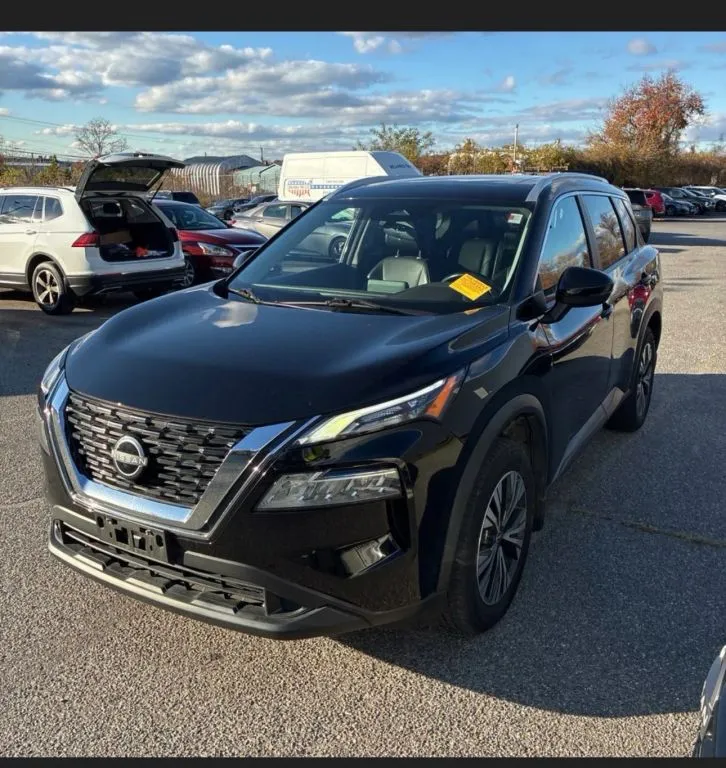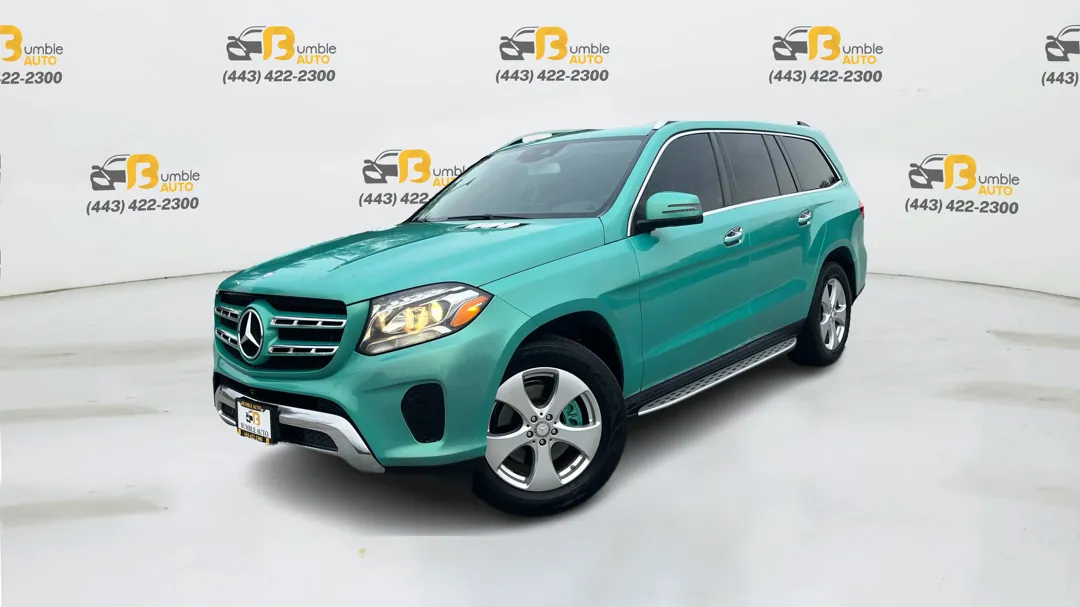5 Important Tips For Used Car Driving Test
5 Important Tips For Used Car Driving Test

Buyers understand that getting a good test drive is critical to obtaining the greatest deal on a used automobile. However, few people know how to conduct an assessment that will distinguish the excellent from the average. However, most used-car buyers simply drive about & listen to the audio system.
The most crucial stage in the approach of purchasing a new car is taking it for a test drive. This is the only way to know if the vehicle you’re thinking about is suitable for you. Just though a car appears good on paper doesn’t mean it will drive in a manner that is enjoyable for you. You will have a greater chance of sorting clunkers from keepers and finding a safe, reliable used automobile if you adopt the below used car test drive tips. If you had accidently bought a car with some minor issues because you didn’t follow used car drive tips you can follow car maintenance tips that are available on the internet to fix those minor issues.
1) PERFORM THOROUGH INSPECTION PRIOR TO THE TEST

Pro test drivers are needed to verify that the test vehicle is in proper working order prior to each test. They look at things like appropriate oil, coolant, & transmission fluid levels, as well as proper tyre pressure. A pre-test assessment is also required for used-car buyers.
Remove the hood. Any intoxicating scent is deep problem. Look for indicators of sloppy upkeep. Look for unclean liquid or reduced levels in the oil & transmission dipsticks. Remove the oil filling lid; black, sludgy residues on the interior indicate irregular oil replacements.
Check for cracks in the hoses and fan belts. Inspect below the car for leaked shock absorbers & damaged skid shields on SUVs by lying down on the floor. Inspect below the automobile for indications of oil or fluid leakage both before & after the testing. Examine the rearview mirrors for evidence of smoke coming from the tailpipe as you started the car & when you speed or decelerate.
Put your hand over each tire’s surface while doing used car test drive. Wonky wear implies that the suspension components are worn out. Using a gauge, determine the depth of the tread: new passenger vehicle tyres have a tread depth of approximately 10/32nds inch, whereas SUV & truck tyres have a tread depth of 11/32 to 15/32nds. Make sure your tyres are properly inflated. Improperly inflated tyres can have an impact on how the car performs during the test drive, and they can also signal that the car hasn’t been properly maintained.
Examine the brake discs for cracking, grooving, or discoloration if you can look through the wheels. Some cars allow you to check the thickness of the brake pads without lifting the wheel. Touch a sticky magnet around the car’s sides if you fear it’s been in an accident. If the magnet didn’t stick, it’s possible that there’s a bunch of body fillers beneath the paint.
You can even buy used cars from the internet. Just contact the seller and ask for a car test drive for checking the car ability.
2) CONSISTENCY IS KEY

Despite technological advancements, the ultimate vehicle computer is found within the ears of a skilled driver. You are the test equipment for your used car test drive. Use your existing car or one of the rental-car standards to develop and perform the practice. It’s preferable if you can use the same roads, but maintaining the similar speeds is essential: On ordinary streets, 35 mph will suffice, while on freeways, 60 mph will provide satisfactory result without terrifying the owner.
Use the steering wheel to make the same actions. Turn the wheel gently from 15 ° to the right to 15 ° to the left & back a few times when driving in a straight path at 35. Examine the driving for connection points or notchiness, which could suggest a fault with the driving rack or suspension bearings. If light freeway traffic allows, make a sequence of moderate sinusoidal spins at 60 mph, imagining unhurried lane shifts steering from 30 ° left to 30 ° right. Irregular response indicates damaged shocks or bearings, as well as mismatched tyres. Make a point of hitting bumps and listening to the suspension’s sounds and response. Re-run the path in the existing car or the standard if you notice an issue that does not appear elsewhere.
3) REASONABILITY

The vast proportion of testing carried out by manufacturers and their contractors does not contravene traffic regulations. Drive ordinarily for the most part, but pay a lot closer focus to what the car is doing. If you are purchasing a sports car, tell the owner or salesperson if you can drive it around a few freeway approaches at a faster speed during used car test drive.
4) TAKE LONG TEST DRIVE
To examine a single criterion, experienced test drivers might travel for 10 kilometers or more. If you are passionate about the car, resist the seller to take a long test drive.
5) MAKE A DETAILED NOTE OF EVERYTHING

Create a note that includes the following primary components: drive, noise, steering feel, tyres, servicing, interior wear, seat convenience, sound system, brakes, bodywork, and everything else that is essential to you. Make a list of any items that you have noticed during your used car test drive: “New radiator hoses, but heater hoses have to be replaced.” These notes will provide you a thorough understanding of what the car has to provide, as well as help you contrast it to comparable options on the industry.
If you want to sell your car privately then no matter selling car privately is a big task but there are many tips for selling car privately on the internet. You can also find facts about car dealership , car trade in tips and many more from the web.



